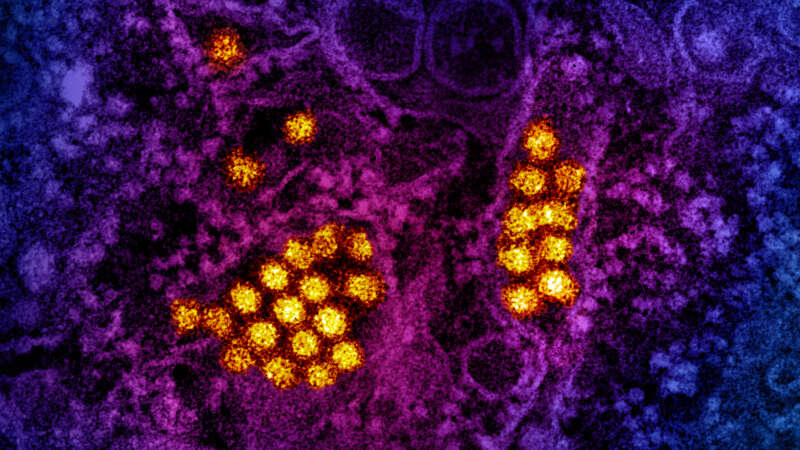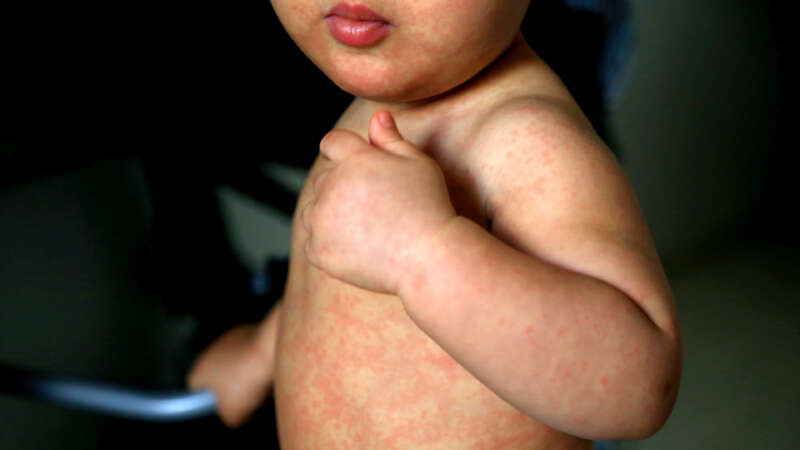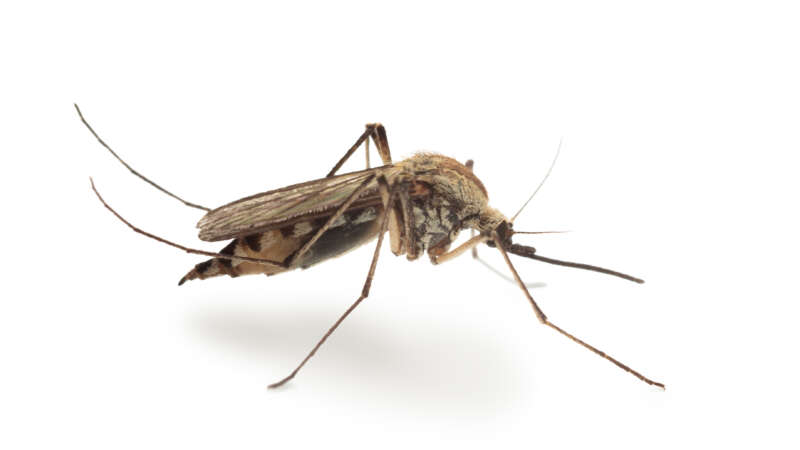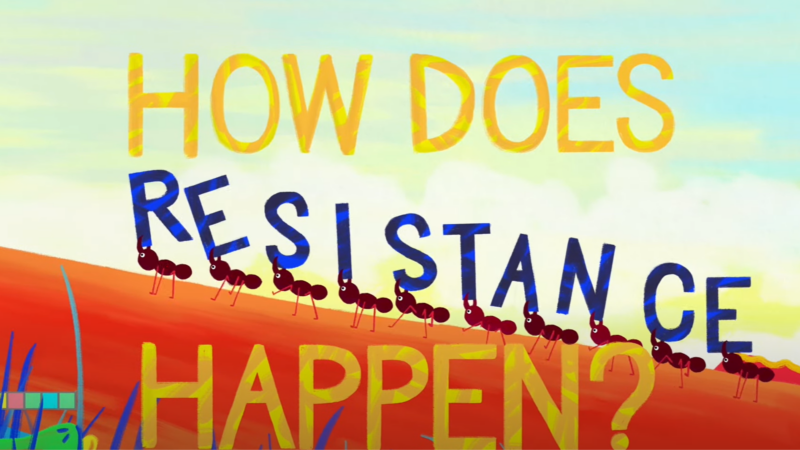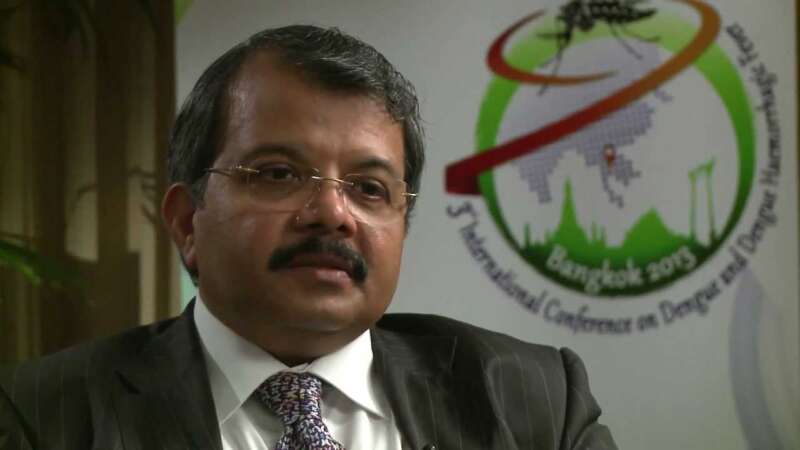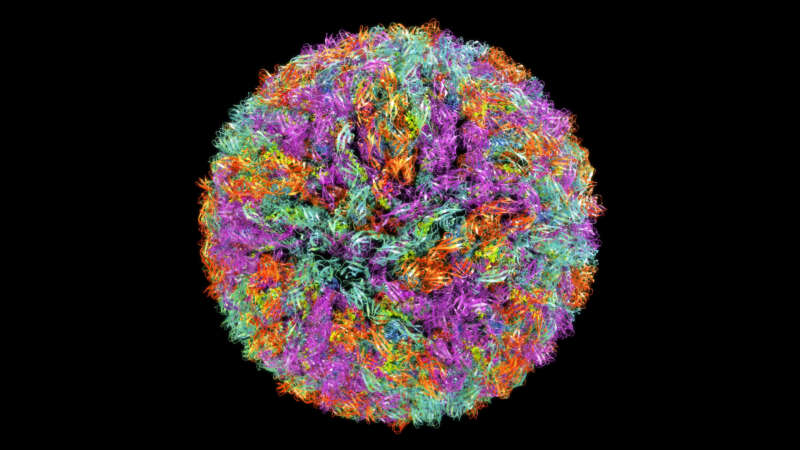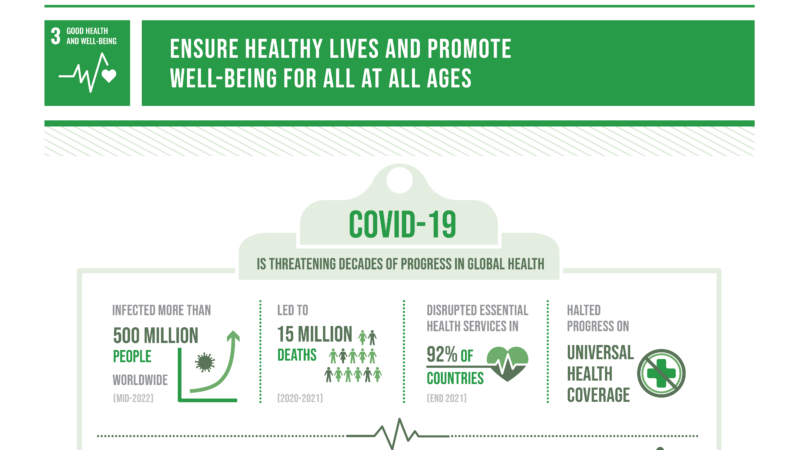Infectious
The Rise of Dengue: A Global Perspective
Around the world, dengue is considered the most common viral disease transmitted by mosquitoes that affects people. According to the World Health Organization (WHO), the disease is now endemic in more than 100 countries. In the first three months of 2024, over five million dengue cases and over 2000 dengue-related deaths were reported globally. The figures so far project that 2024 could be even worse than 2023, with the regions most seriously affected being the Americas, South-East Asia, and Western Pacific.
In the Americas, there were 6,186,805 suspected cases of dengue reported in the first 15 weeks of 2024. To put this into perspective, according to the Pan American Health Organization (PAHO), this figure represents an increase of 254% compared to the same period in 2023. Of these cases 5,928 were confirmed and classified as severe dengue.
Dr. Samuel Katz: The Man Who Helped Conquer Measles
Dr. Samuel Katz made monumental contributions to pediatric health and vaccinations before his passing on October 31, 2022, at the age of 95. His career was proof that one dedicated individual can have a profound impact on global public health.
Born on May 29, 1927, in Manchester, NH, Samuel Katz initially studied journalism at Dartmouth College, but quickly switched to medicine after a stint in the Navy during World War II. Moving on to his medical studies at Harvard Medical School, he was drawn into the world of virology under the tutelage of John Enders, a Nobel Laureate. This collaboration marked the beginning of Katz’s lifelong battle against infectious diseases, which included the development of the measles vaccine.
Europe and the U.S. Battle Measles – Again
Initially, doctors in the Tuzla Canton of the Federation of Bosnia and Herzegovina thought the rash on young Imran’s* stomach could be scarlet fever. Or maybe it was Kawasaki disease. As reported by Eurosurveillance, that was in early December 2023. By Christmas, four of Imran’s preschool classmates had been admitted to the hospital with measles. By mid-January 2024, another epidemiologically linked case – again originally misdiagnosed as the much less contagious scarlet fever – presented in a neighboring canton. Two more quickly followed. Between the last week of December and the middle of February, the Balkan nation had reported 141 new measles cases.
Barts Health Trust’s Dr. David Harrington said the misdiagnoses should not be unexpected.
“Many front-line clinicians won’t have seen measles for several years,” he told Medscape UK. “So good education and training and collaboration between public health and infection specialists with those in primary and emergency care is key.”
Mosquitoes that carry West Nile are becoming resistant to insecticides
John VanDenBerg suspects he was gardening when a mosquito got him.
It was September 2018, and VanDenBerg, then 67, had been feeling a little “off” for a few days, he said, like maybe he had the flu.
But one morning, as he was walking out of his Colorado home, he collapsed.
How Does Insecticide Resistance Happen?
Check out this video by MalariaGen focusing on how natural selection drives insecticide resistance relating to malaria.
Dr. Raman Velayudhan: Combating Deadly Mosquitoes
Dr. Raman Velayudhan is a seasoned expert in the public health field and a relentless advocate for combating the global threat of mosquito-borne diseases.
Currently at the helm of the Veterinary Public Health, Vector Control, and Environment unit within the Department of Control of Neglected Tropical Diseases at the World Health Organization (WHO), Dr. Velayudhan’s impact is far-reaching.
Mosquito-borne Diseases & the Environment
Climate change and human activity are enabling the spread of mosquito-borne diseases, like dengue fever, to new places. Stanford infectious disease experts and disease ecologists discuss what we know and how communities can protect themselves from these changing disease threats.
Dr. Peter Hotez: Fighting Neglected Diseases, One Shot at a Time
Dr. Peter J. Hotez is a physician-scientist who dedicates his career to fighting neglected tropical diseases and vaccine development. He is the Dean of the National School of Tropical Medicine and a professor at Baylor College of Medicine, where he also serves as the Co-director of the Texas Children’s Center for Vaccine Development (CVD) and the Texas Children’s Hospital Endowed Chair of Tropical Pediatrics.
Dr. Hotez is an internationally recognized expert in his field, leading a team and product development partnership for new vaccines for diseases such as hookworm infection, schistosomiasis, leishmaniasis, Chagas disease, and coronaviruses, which affect millions of people worldwide. He is committed to championing global access to vaccines, including leading efforts to develop a low-cost recombinant protein COVID vaccine resulting in emergency use authorization in India.
Anna Dumitriu: Exploring the Intersection of Art, Science, & Technology
British artist Anna Dumitriu’s name is synonymous with the world of BioArt. Not only is her work visually stunning, but it is also intellectually stimulating, as she tackles some of the most pressing issues of our time.
Dumitriu’s art explores our relationship to infectious diseases, artificial intelligence, and the impact of the pandemic from cultural and scientific perspectives. During her exploration of these topics, she has worked with the Liu Laboratory for Synthetic Evolution at the University of California in Irvine to investigate synthetic biology, and she has collaborated with BeyondSequ at the University of Birmingham to visually observe her CRISPR edit using super-resolution laser microscopy.
Breaking Down UN SDG 3: Good Health and Well-Being
The United Nations’ Sustainable Development Goal 3 (SDG 3) aims to ensure healthy lives and promote well-being for all. From reducing maternal and child mortality to combating infectious diseases, SDG 3 encompasses a wide range of health-related issues that are essential for building a sustainable planet.
In this infographic, we will delve deeper into the specific targets of SDG 3 and examine the progress made so far in achieving them. Join us as we explore the importance of good health and well-being, and the steps we can take to make it a reality for everyone.
